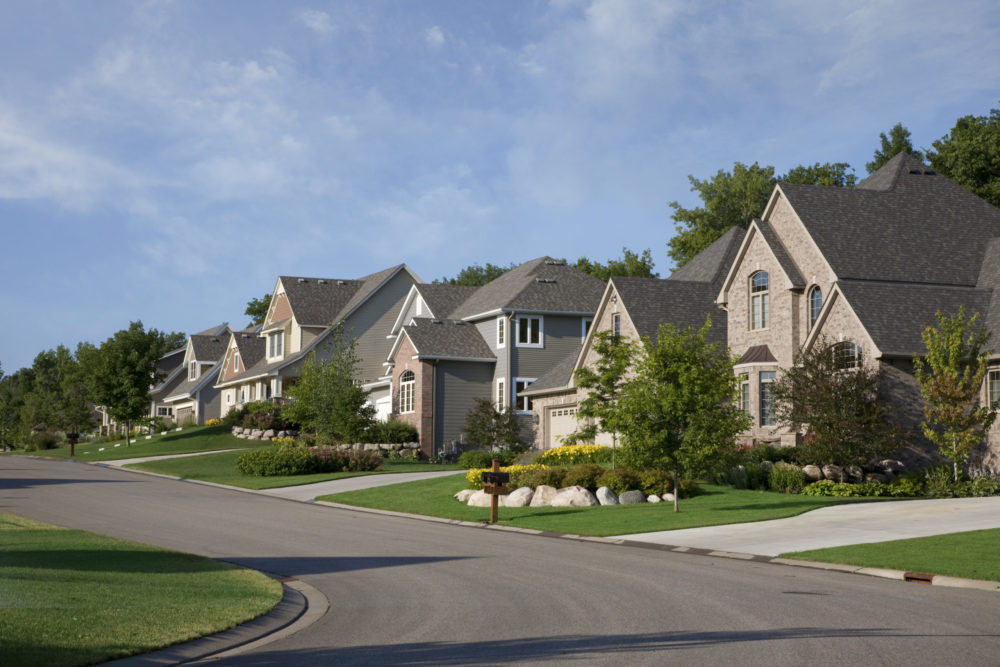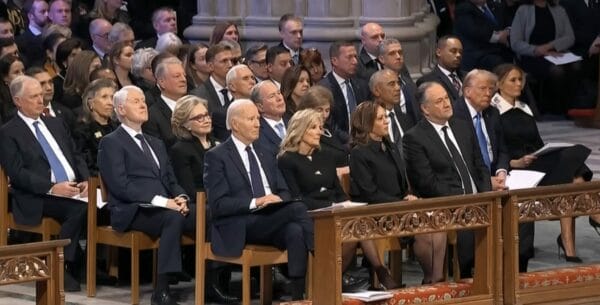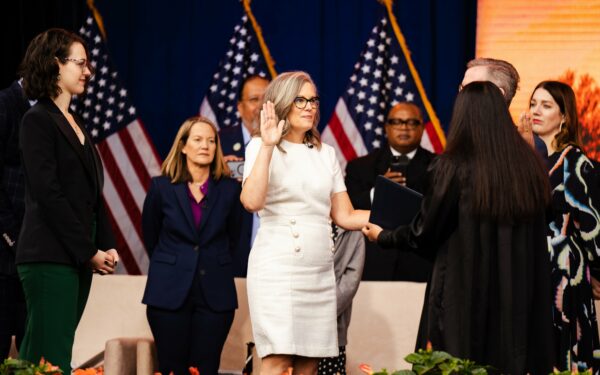By Mara Gay | New York Times
Across the New York City suburbs, a thicket of local zoning laws thwarts the building of all but the most expensive single-family homes.
In some parts of Scarsdale, in Westchester County, new homes must be built on lots of at least two acres. In most parts of the village of Muttontown, on Long Island, new homes must be at least 2,000 square feet. The Town of Oyster Bay, also on Long Island, requires that some guest apartments, known as accessory dwelling units, be occupied only by family members or domestic servants.
These zoning laws are among the most restrictive in the country. They severely limit the state’s housing supply, making the entire region less affordable. And they are rooted in Jim Crow.
For much of the 20th century, towns surrounding New York City used a stomach-churning mix of racial covenants and restrictive zoning lawsto shut out Black Americans and others considered undesirable from thriving suburbs. The federal government supported this system in myriad ways, including by denying government backing for mortgage loans in Black neighborhoods, a practice known as redlining, which hardened segregation and sharply restricted the ability of Black Americans to secure mortgages and buy homes. After World War II, the government greatly expanded its role in residential segregation by backing large suburban developments across the United States like Levittown, on Long Island, on the condition that they exclude Black buyers.






